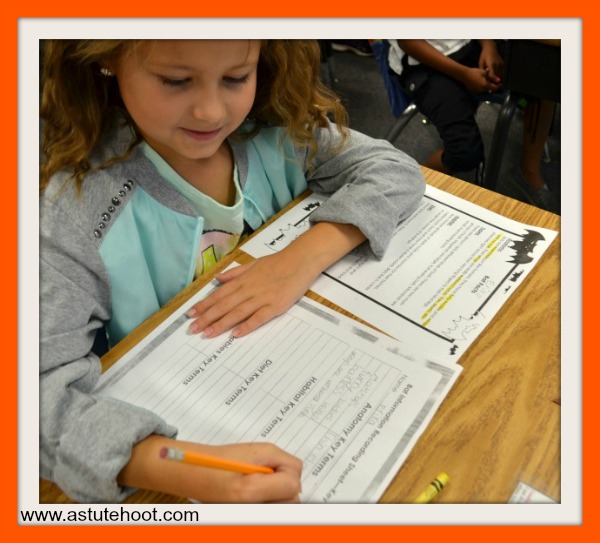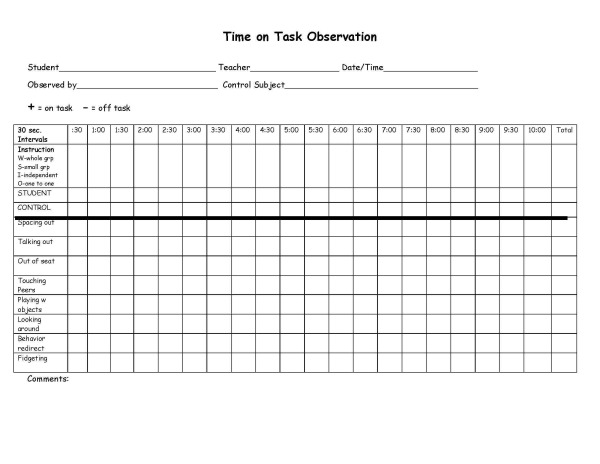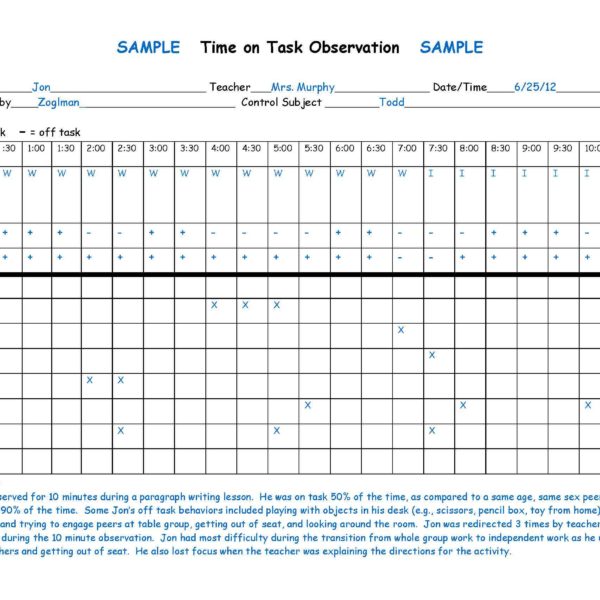The Imposter Syndrome: Life as a Special Education Teacher
NEWLY REVISED ULTIMATE SPECIAL EDUCATION SURVIVAL KIT!
Today I had a rare moment: some peace and quiet at home and an opportunity to sit down and read a book. As I was diving into Lean In, by Sheryl Sandberg I read about the “imposter syndrome”- the phenomenon of capable people being plagued by self-doubt. It perfectly described how I felt as a special education teacher during my first few years in the classroom. Even though I graduated with honors, received exemplary reviews from my principal, and made significant academic and behavioral gains with my students, I still sometimes felt as if I was a fraud and didn’t belong the classroom. Eventually those feelings faded as I continued my education and experience, but I wished that I had some resources at the beginning of my career that would have helped me feel more confident and be more effective in my role. Although sometimes I felt as if I was using trial and error to best reach my students, I know that that I always gave them 110% and feel so blessed to have been a part of their lives.
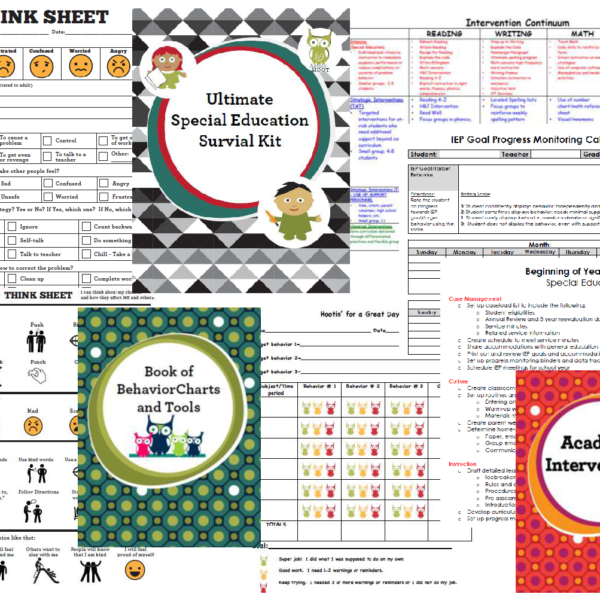
When I was working with pre-service and first year teachers, I wanted to impart my knowledge and experience to not only them, but to all teachers working with students with special needs. After 19 years of teaching special education, I’ve gathered my top resources and bundled them together for the “Ultimate Special Education Survival Kit.” Now, that I’m back in the classroom, I recently revised and updated several resources and forms to be even more effective. The following resources are in a zip file, with a total of 165+ pages, including a ton of new FULLY EDITABLE resources for easy customization:
-Beginning of the Year Checklist for Special Education
-Beginning of the Year Welcome Letter from Special Education Teacher
-Co-Teaching Guide
-Co-Teaching Weekly Collaboration Agenda
-IEP at a Glance
-IEP Goal Bank
-IEP Goal Tracking for Small Groups
-IEP Progress Monitoring Calendar
-IEP Goal Tracking for Caseload
-General Academic Interventions
-Behavioral Interventions
-Reading Interventions
-Writing Interventions
-Math Interventions
-Lesson Plan Differentiation Checklist
-Lesson Plan for Specialized Instruction
-Paraprofessional Roles and Responsibilities
-Parent Input Form
-Progress Monitoring Data Trackers
-Special Education Caseload Organizer
-Special Education Due Date Tracker
-Special Education Master Schedule
-Teacher Input Form
-Time on Task Observation
-Reading Foundational Skills Rubric
-Reading Comprehension: Literature Rubric
-Reaching Comprehension: Informational Rubric
-Narrative Writing Rubric
-Expository Writing Rubric
-Written Response to Text Rubric
-Math Problem Rubric
Work smarter not harder! Don’t be stressed out…LOVE your special education career with these ready-to-use tools, assessments, and templates that will make your life so much easier.
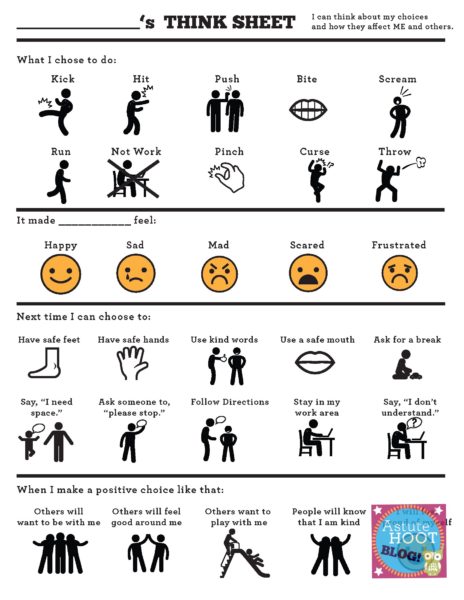
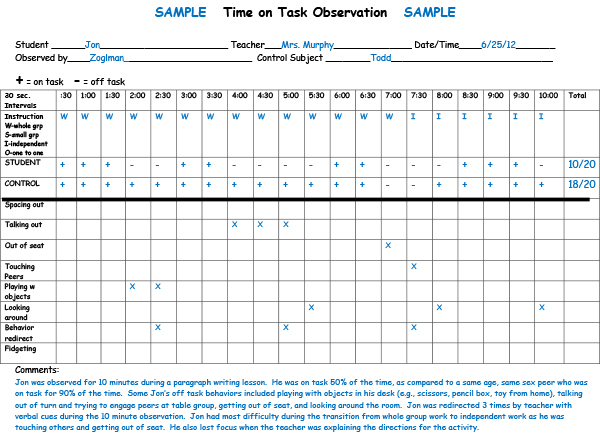
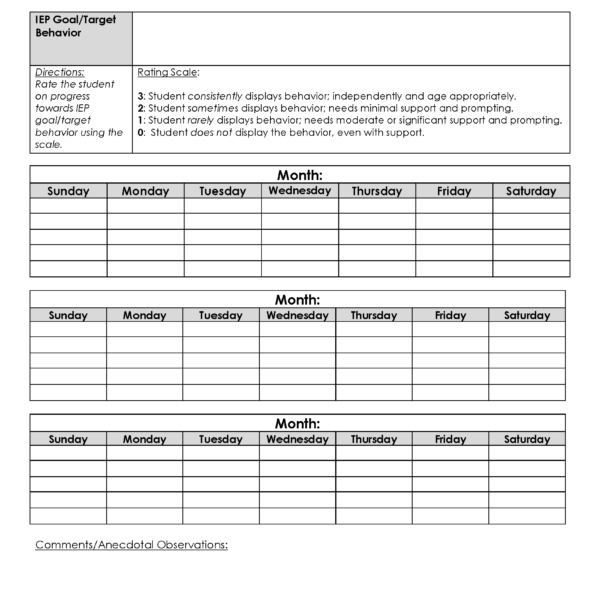
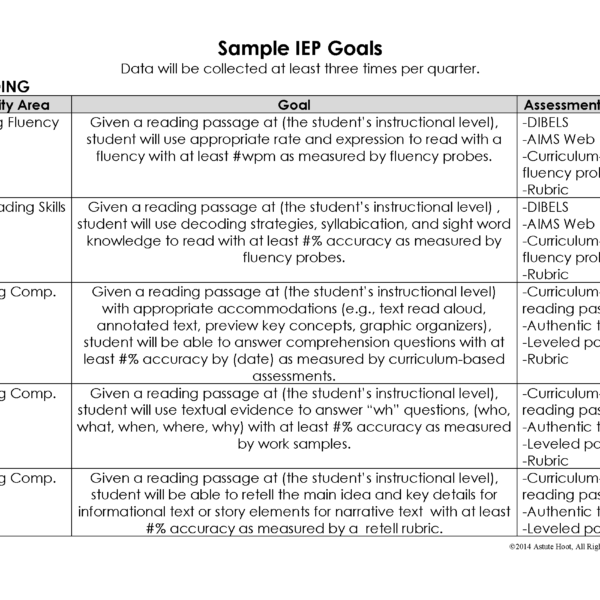
http://www.teacherspayteachers.com/Product/Ultimate-Special-Education-Survival-Kit-744321
*Reposted and updated from original post in 2013*



